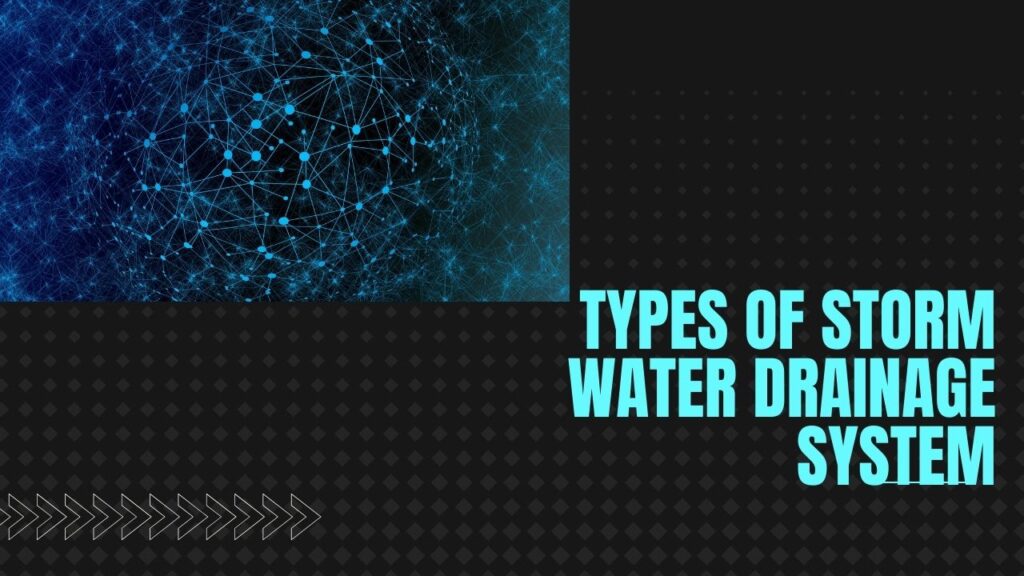We, at Omega Project Services, take great pride in our position as one of the finest civil engineering service providers in Australia with more than 15 years in the field of Structural, Construction Management, Civil/Stormwater Engineering. Contact us with confidence for any of your stormwater drainage system needs and queries.

